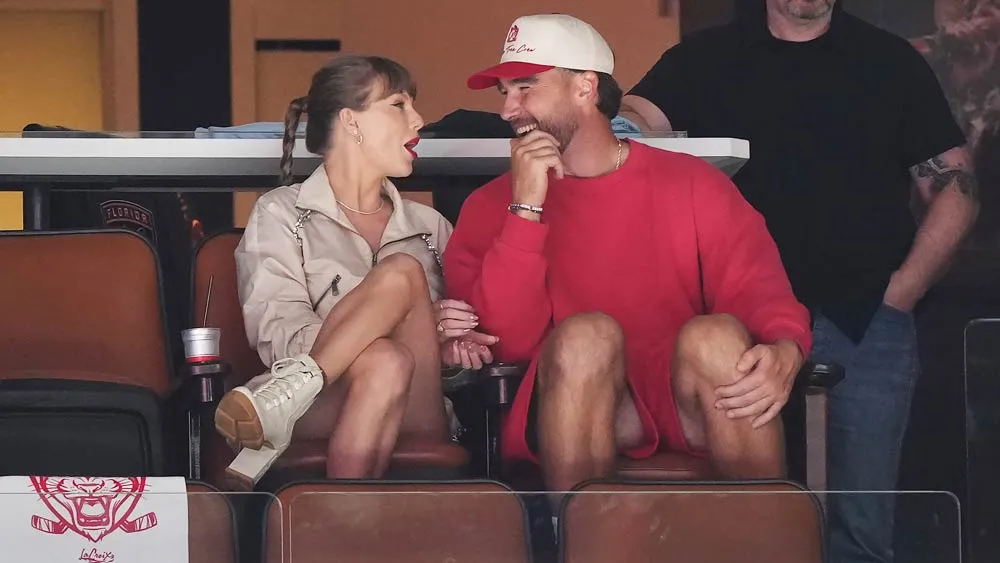May 11, 2015
From Sculpture to Starlight: David Yurman
Matthew Wexler READ TIME: 5 MIN.
This article is part of EDGE's Jeweler to the Stars series, sponsored by Jewelers Mutual Insurance Company. To learn more about how you can protect your most valuable possessions, click here.
It is a story of a generation. It is a story of love. And it is a story of jewelry's evolution from accessory to statement piece. David Yurman is the type of person who walks into a room with the expectation that all eyes will eventually land on him or her. This American designer boasts a collection that is nothing short of divine - valuable pieces of craftsmanship to be passed down for years to come.
Born in Manhattan in 1942, David Yurman's aesthetic is a conglomeration of coastal life experiences, beginning with a summer spent in Provincetown during high school, where he learned about welding from sculptor Ernesto Gonzales. In the spirit of the '60s, he hitchhiked his way to California and immersed himself in the beatnik generation, eventually returning to New York and an apprenticeship with sculptor Jacques Lipchitz.
It was back in New York where Yurman met Sybil Kleinrock and the two fell madly in love and further inspired each other's creativity. While continuing to work in sculpture, David and Sybil launched their first collection under the name Putnam Art Works. Though successful, the pair had planned on selling the business after getting married, but the offer was too low and the couple walked away from the deal. David Yurman as a brand was born. One of the first designs, the Starlight necklace (precursor to the Cable design) received the Jury Award from the World Gold Council and it was clear that a new vision for high end jewelry had hit the market.
Breaking Boundaries
Through the years, David Yurman has been synonymous with redefining jewelry design by rethinking proportion and pairing unconventional materials. Beginning in 1983 with the first Cable bracelet, Yurman has drawn inspiration from a vast array of sources. The cable motif can be seen as both nautical and industrial - ever transformed by its application. The 1997 Silver Ice collection was the first by a major designer to implement diamonds with sterling silver.
Careful consideration has informed the company's growth as it continues to expand into new markets. David Yurman SA in the famous town of Chaux-de-Fonds, Switzerland, was established as the brand's epicenter for timepieces. Known for its brilliant light, it is one of the foremost watchmaking centers in the world. And it was only a matter of time before David and Sybil's love found its way into the jewelry case with the addition of the Wedding Collection in 2006.
A feast for the eyes, David Yurman's worldwide boutiques are worth seeking out. Each unique to its environment yet embracing the core style of the brand, it's worth a visit to its retail outlets in Los Angeles, Hong Kong, Paris, and the iconic five-story converted townhouse on Madison Avenue in New York City.
The Latest Designs
Each season, David Yurman (led now by son Evan who is a key creative leader in the design of the men's, wedding, timepiece, and high jewelry collections) captivates with new riffs on classics. Several collections have recently launched that capture the essence of the David Yurman style while looking forward in terms of innovation and design.
For the men, the Streamline Collection sees the addition of Heirloom designs, which according to the company "take inspiration from a time when jewelry was worn to mark rank or membership in a university or society." Sturdy rings feature emerald-cut stones, including jade sourced from British Columbia and blue pietersite.
For the ladies, there is nothing more picturesque than the Albion Collection, celebrating its 20th anniversary this year with new designs. Revolutionary when it first appeared in 1995, the collection features rare gemstones such as extraterrestrial meteorite and purple sugilite in cushioned settings. The series also include an Albion timepiece in various combinations of stainless steel and diamonds.
Giving Back
Inspired by one of his earlier sculptures, Yurman designed the Angel pin in 1999 to raise funds for Project ALS. The effort brought in more than $250,000 for Lou Gehrig's disease. The Yurman Family Foundation supports a wide range of organizations that support the arts, children and youth services, education, and human services.
Matthew Wexler is EDGE's Senior Editor, Features & Branded Content. More of his writing can be found at www.wexlerwrites.com. Follow him on Twitter and Instagram at @wexlerwrites.


